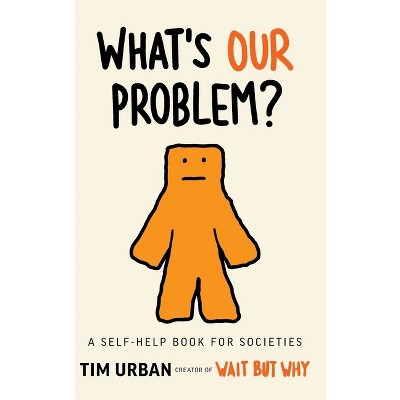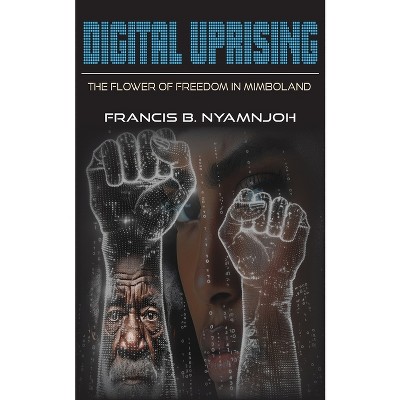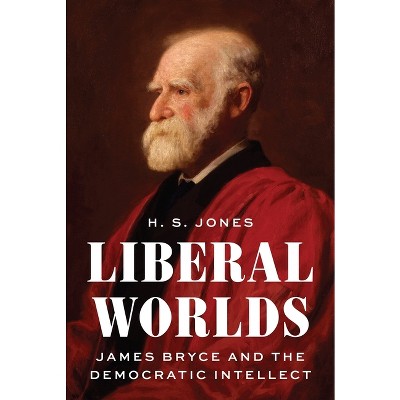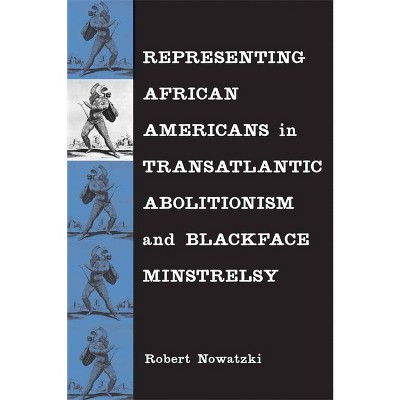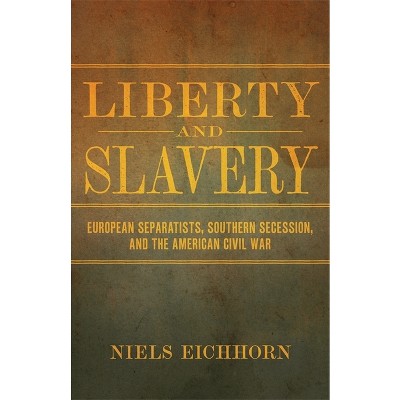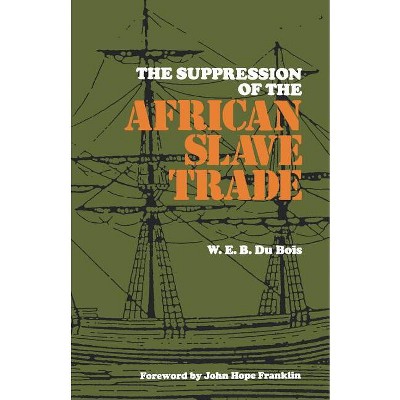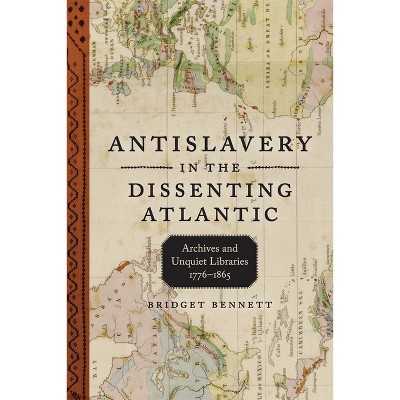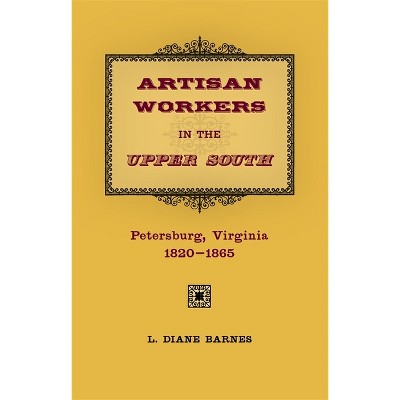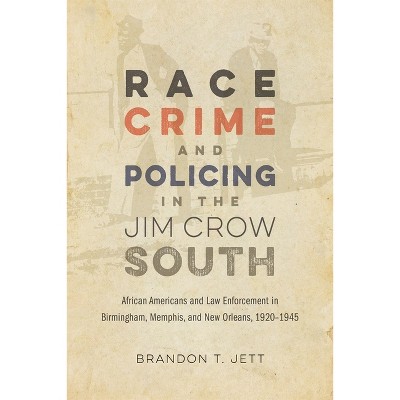Sponsored

Empire of Brutality - by Christopher Michael Blakley (Hardcover)
In Stock
Sponsored
About this item
Highlights
- In the early modern British Atlantic world, the comparison of enslaved people to animals, particularly dogs, cattle, or horses, was a common device used by enslavers to dehumanize and otherwise reduce the existence of the enslaved.
- About the Author: Christopher Michael Blakley teaches American and global history at California State University, Northridge, and interdisciplinary writing and research seminars at Occidental College.
- 256 Pages
- Social Science, Slavery
Description
About the Book
"Christopher Blakley's Empire of Brutality is a human-animal history of slaving and slavery in the Atlantic World between the end of the seventeenth century and the abolition of the Atlantic trade in 1808. His multidisciplinary study examines how varied relationships between enslaved people and animals led to the dehumanization and racialization of people of African descent in the Americas. Blakley discusses the role of animal exchanges among slavers in West Africa, the knowledge and curiosity of enslaved specimen collectors in the Atlantic world, regimes of labor on Caribbean and Chesapeake plantations, and the forms of resistance that enslaved people engaged in by injuring, killing, stealing, and thinking about animals. His analysis provides a better understanding of why enslaved people emphasized in their writing how slaveholders compared them to animals, suggesting that critiques of slavery as dehumanizing by people of African descent were to a marked degree the result of these material human-animal networks and linkages. Blakley's study brings together disparate geographies-including the castle trade in Atlantic Africa, slave depots in New Spain, and plantations in the British Caribbean and Chesapeake worlds-to build on the emerging literature of human-animal studies and new scholarship in early American environmental history. His work is among the first to approach human-animal networks under slavery systematically and comprehensively. It makes a significant contribution by historicizing human-animal relations produced by Atlantic-wide networks of slavery. It also provides an analysis of these linkages that, over time, led to the racialization and dehumanization of people of African descent as animal-like subjects. In this way, his work offers an important environmental and material basis for the rich scholarship on the ideological and intellectual origins of race and racism. It also illuminates the divergent affective responses of enslaved people towards animals ranging from curiosity to disgust and empathy"--Book Synopsis
In the early modern British Atlantic world, the comparison of enslaved people to animals, particularly dogs, cattle, or horses, was a common device used by enslavers to dehumanize and otherwise reduce the existence of the enslaved. Letters, memoirs, and philosophical treatises of the enslaved and formerly enslaved bear testament to the methods used to dehumanize them. In Empire of Brutality, Christopher Michael Blakley explores how material relationships between enslaved people and animals bolstered the intellectual dehumanization of the enslaved. By reconsidering dehumanization in the light of human-animal relations, Blakley offers new insights into the horrific institution later challenged by Black intellectuals in multiple ways.
Using the correspondence of the Royal African Company, specimen catalogs and scientific papers of the Royal Society, plantation inventories and manuals, and diaries kept by slaveholders, Blakley describes human-animal networks spanning from Britain's slave castles and outposts throughout western Africa to plantations in the Caribbean and American Southeast. They combine approaches from environmental history, history of science, and philosophy to examine slavery from the ground up and from the perspectives of the enslaved. Blakley's work reveals how African captives who became commodified through exchanges of cowry sea snails between slavers in the Bight of Benin later went on to collect zoological specimens in Barbados and Virginia for institutions such as the Royal Society. On plantations, where enslaved people labored alongside cattle, donkeys, horses, and other animals to make the agricultural fortunes of slaveholders, Blakley shows how the enslaved resisted these human-animal pairings by stealing animals for their own purposes--such as fugitives who escaped their slaveholder's grasp by riding stolen horses. Because of experiences like these, writers and thinkers of African descent who survived slavery later attacked the institution in public as fundamentally dehumanizing, one that corrupted the humanity of both slaveholders and the enslaved.Review Quotes
"The expansiveness of Empire of Brutality is its strength. Blakley demonstrates a mastery of a wide range of topics, from Aristotelian philosophy to West African economic patterns, from naturalists' use of slave labor to slave resistance in print culture, and even explores topics as grim as the collection of slaves' feces as fertilizer to intensify agricultural production on colonial plantations. Empire of Brutality is a creative and compelling addition to the historiography of transatlantic slavery and environmental history."--Journal of American History
About the Author
Christopher Michael Blakley teaches American and global history at California State University, Northridge, and interdisciplinary writing and research seminars at Occidental College.Shipping details
Return details
Trending Non-Fiction






